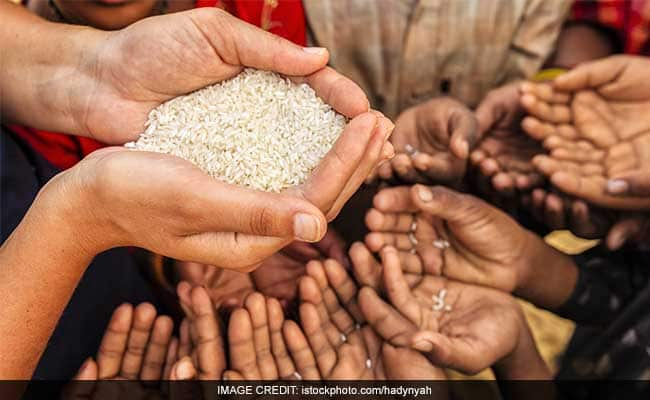World Bank says over 10 million more people are at risk of descending into poverty in Pakistan
The World Bank has painted a grim economic picture of Pakistan in its biannual report, cautioning that over 10 million more people are at risk of descending into poverty in the cash-strapped country.
The Washington-based lender's apprehension comes from a sluggish economic growth rate of 1.8 per cent coupled with soaring inflation, a staggering 26 per cent in the current fiscal year.
The World Bank's biannual Pakistan Development Outlook report indicated that the country is set to miss almost all major macroeconomic targets.
The international lender said the country is anticipated to fall short of its primary budget target, remaining in deficit for three consecutive years, contrary to the International Monetary Fund's stipulations mandating a surplus.
Sayed Murtaza Muzaffari, lead author of the report, said despite a board-based yet nascent economic recovery, poverty alleviation efforts remain insufficient.
The economic growth is projected to stagnate at a paltry 1.8 per cent while maintaining the poverty rate at around 40 per cent, with approximately 98 million Pakistanis already grappling with poverty, the World Bank report said.
The report underlined the vulnerability of those hovering just above the poverty line, with 10 million individuals at risk of slipping into poverty.
The report said that the poor and vulnerable are likely to have benefited from the windfall gain in agricultural output but these gains were offset by continued high inflation and limited wage growth in other sectors that employ many of the poor, such as construction, trade, and transportation.
The wages of daily labourers increased only five per cent in nominal terms during the first quarter of this fiscal year when the inflation was above 30 per cent, it said.
The persisting cost-of-living crisis coupled with rising transportation costs could potentially lead to an increase in out-of-school children and delayed medical treatments, particularly for worse-off families, warned the World Bank.
At the same time, it added that food security remains a concern in parts of the country.
Among 43 rural districts across Khyber Pakhtunkhwa, Sindh, and Balochistan, many of which were impacted by the 2022 floods, the prevalence of acute food insecurity is also projected to increase from 29 per cent to 32 per cent in the third quarter of this fiscal year, the report said.
"Despite some recovery, Pakistan's economy remains under stress with low foreign reserves and high inflation. Policy uncertainty remains elevated and economic activity is subdued, reflecting tight fiscal and monetary policy and import controls," the World Bank said.
The Washington-based lender said growth is projected to remain below potential with heightened social vulnerability and limited poverty reduction in the medium term.
"Financial sector risks, policy uncertainty, and stronger external headwinds pose significant risks to the outlook," it added.
Pakistan's current account deficit (CAD) narrowed to USD 0.8 billion in the first half of the current fiscal year from USD 3.6 billion in the first half of the last fiscal year, on import controls, reduced domestic demand, and lower global commodity prices, the report said.
Meanwhile, official remittances fell by 6.8 per cent year-on-year in the first half of the current fiscal year due to exchange rate rigidities earlier in the year.
"Inflation is projected to remain elevated at 26 per cent in FY24 due to higher domestic energy prices, with little respite for poor and vulnerable households with depleted savings and lower real incomes," it said.
The World Bank said the fiscal deficit is projected to widen to eight per cent of the GDP due to higher interest payments but gradually decline as fiscal consolidation takes hold and interest payments fall over time.
Pakistan's economy is expected to grow by only 1.8 per cent in the current fiscal year ending June 2024 whereas the official target is 3.5 per cent, the World Bank said.
For the next fiscal year too, the World Bank has projected only a 2.3 per cent economic growth rate, which is even lower than the population growth rate of 2.6 per cent.
(Except for the headline, this story has not been edited by NDTV staff and is published from a syndicated feed.)






Leave a Reply